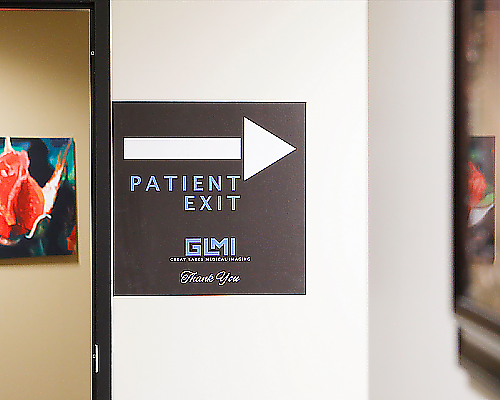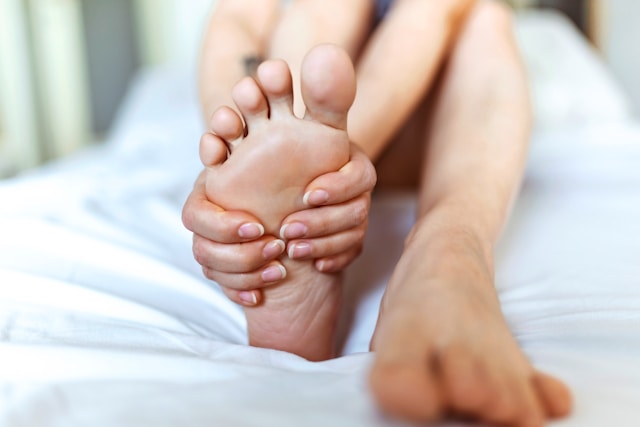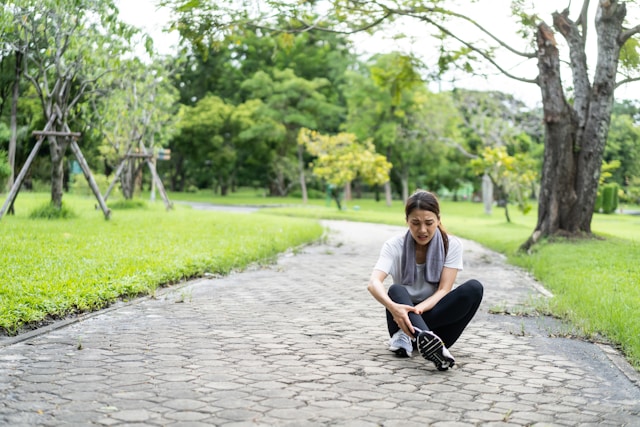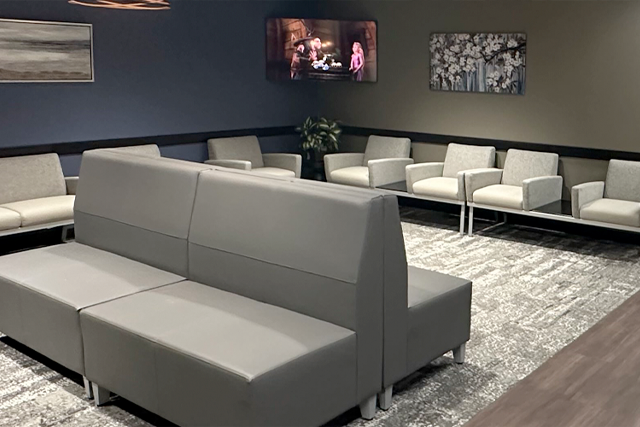Our Blog
Can Lifestyle Changes Alleviate the Symptoms of Chronic Venous Insufficiency?

Chronic Venous Insufficiency (CVI) is a condition characterized by poor blood flow in the veins, usually in the legs, leading to symptoms like swelling, pain, and skin changes. While medical interventions are often necessary for managing CVI, lifestyle changes can play a significant role in alleviating its symptoms. At Great Lakes Medical Imaging in Buffalo, NY, we emphasize the importance of holistic approaches to managing health conditions. Let’s explore how lifestyle modifications can complement medical treatments for CVI for our patients in Western New York.
Understanding Chronic Venous Insufficiency
CVI occurs when the valves in the leg veins that keep blood flowing toward the heart become weakened or damaged. This can cause blood to pool in the legs, leading to various symptoms such as leg swelling, pain, varicose veins, skin discoloration, and even ulcers.
Lifestyle Changes to Manage CVI
1. Regular Exercise: Engaging in regular, moderate exercise can improve blood circulation in the legs. Activities like walking, cycling, and swimming are particularly beneficial in strengthening leg muscles and promoting blood flow.
2. Maintaining a Healthy Weight: Excess weight can increase pressure on the veins in your legs, exacerbating CVI symptoms. A balanced diet and regular exercise to maintain a healthy weight can relieve this pressure.
3. Leg Elevation: Elevating the legs above heart level several times a day can help reduce swelling and improve blood flow. This simple act can be particularly relieving after long periods of standing or sitting.
4. Avoiding Prolonged Sitting or Standing: Staying in one position for too long can hinder blood flow in the legs. Taking regular breaks to move around or change positions can help minimize CVI symptoms.
5. Wearing Compression Stockings: Compression stockings are designed to provide consistent pressure on the legs, helping veins move blood more efficiently. They can be an effective tool in managing swelling and discomfort associated with CVI.
6. Avoiding Tight Clothing: Wearing tight clothing, especially around the waist, thighs, and legs, can restrict blood flow. Opting for looser-fitting clothes can improve circulation.
7. Smoking Cessation: Smoking can affect blood circulation and exacerbate symptoms of CVI. Quitting smoking is not only beneficial for vein health but also for overall well-being.
The Role of Medical Management
While lifestyle changes can significantly impact the management of CVI, they are often most effective when combined with medical treatments. Treatments may include medications to manage symptoms or procedures to close or remove affected veins.
GLMI’s Comprehensive Approach to CVI
At GLMI, we understand that each patient’s experience with CVI is unique. Our team provides personalized care plans that may include lifestyle recommendations, medical treatments, and regular follow-ups to effectively manage the condition.
In Conclusion
Lifestyle changes can be a powerful tool in alleviating the symptoms of Chronic Venous Insufficiency. At Great Lakes Medical Imaging, we are committed to guiding our patients in Western New York through comprehensive treatment plans that include both medical and lifestyle-based approaches.
For more information about managing CVI or to schedule an appointment, please visit our contact page. Let us help you navigate your journey to better vein health.
Disclaimer: This blog article is for general informational purposes only and should not be construed as professional medical advice. Always seek the advice of your physician or other qualified health provider with any questions you may have regarding a medical condition.
‹ Back









